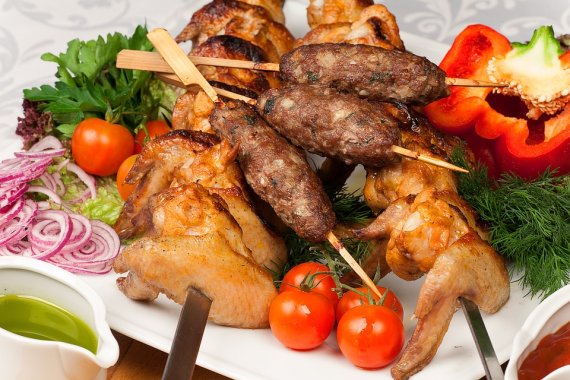<photo: Pixabay>
The social effects of food production are often invisible. The environmental and healthcare costs, for example. So for a balanced picture, you have to consider all of the costs and benefits of food. The Ministry of Economic Affairs commissioned Wageningen Economic Research and True Price to calculate the costs and benefits. They presented their first findings on 12 January.
Capital
The developers distinguished 37 impact categories for food, spread across six ‘capitals’. The financial, produced and intellectual capitals consist mostly of the benefits of food production, such as employment, economic contributions and knowledge production. The natural capital consists mainly of the negative environmental effects, the social capital contains such effects as animal welfare and human capital the effects of health advantages and disadvantages. The researchers could thus determine the average costs and benefits of food and could also zoom in on specific products. This way, they could compare the scores for each product with the average.
Potato
WUR researcher Willy Baltussen presented the first results of the model with a few basic Dutch products: potatoes, green beans, milk and minced meat. It appeared that the plus and minus points for potatoes and green beans were generally similar. Both account for an average contribution to the economy, have little influence on the environment and are healthy. Milk has a much poorer environmental score in the areas of water, air and climate, and its social score is lower because low prices affect farmers’ incomes.. The health effects of milk are both positive (food value) and negative (fat). Mince has a score similar to that of milk.
Good discussion
The purpose of the model is to give the government and food companies insight into the plus and minus points of food so that they can increase the plus points and decrease the negative ones, explained True Price director Adrian de Groot Ruiz. ‘The results make it possible to have a good discussion with stakeholders in the food chain. For example, about the underpayment of African cacao farmers for the production of chocolate, but also about the low incomes of Dutch dairy farmers and pig farmers.’

